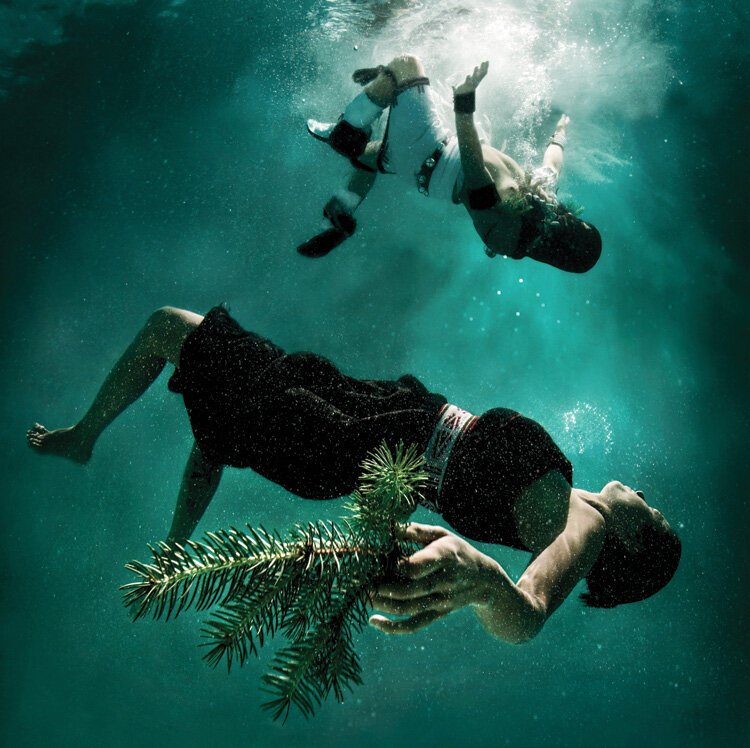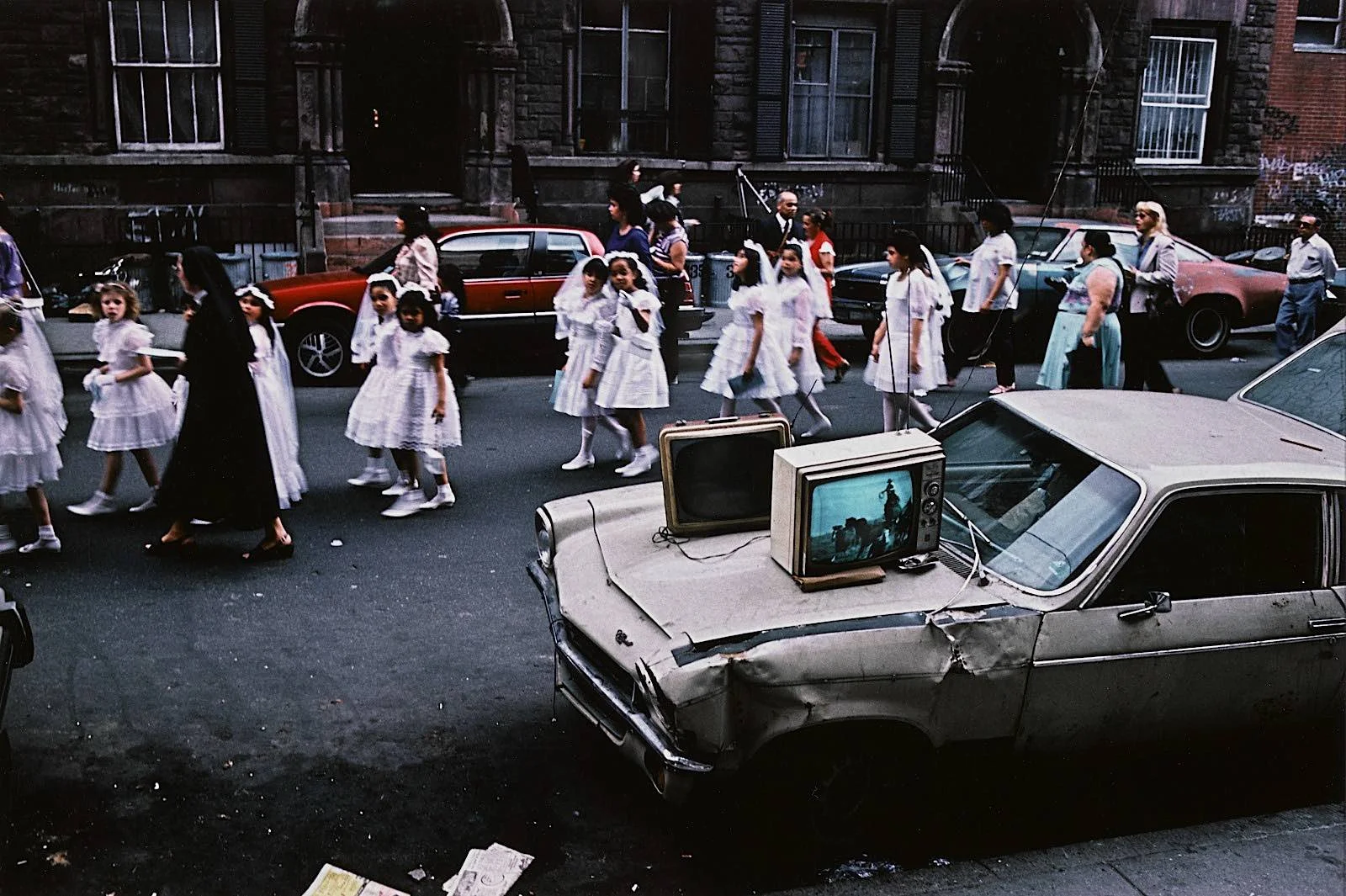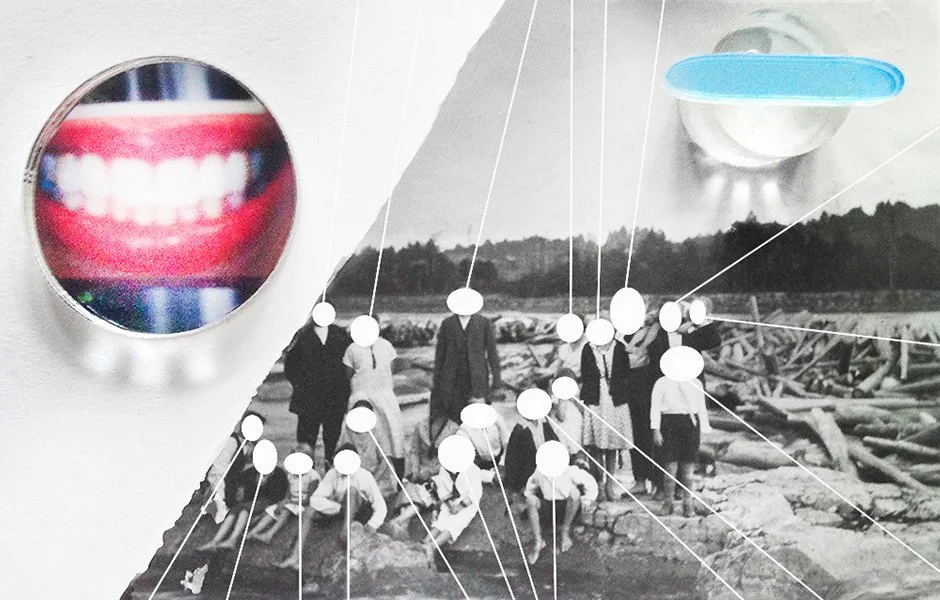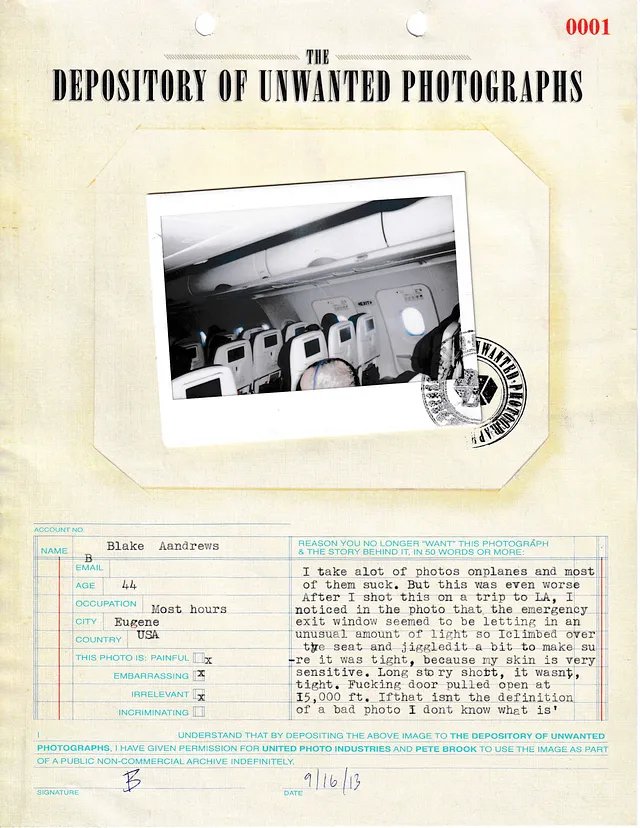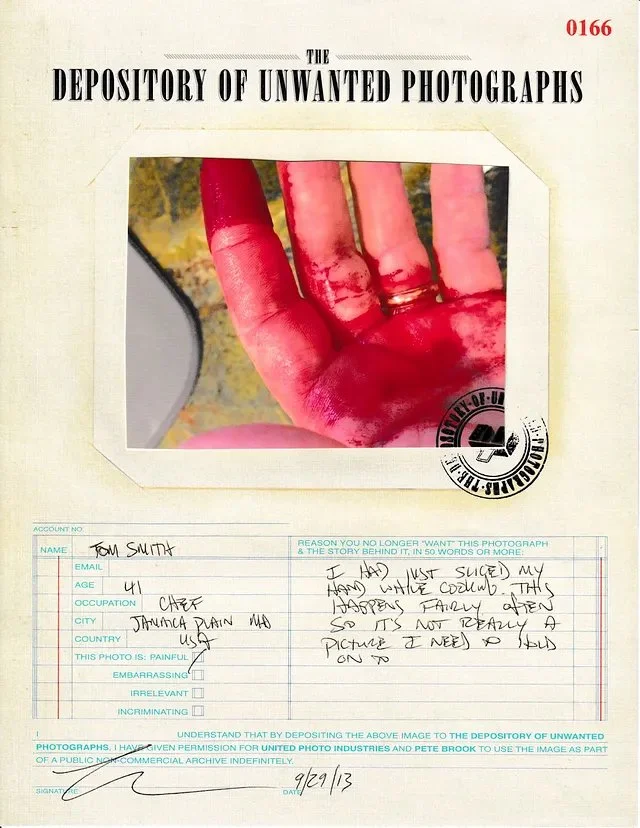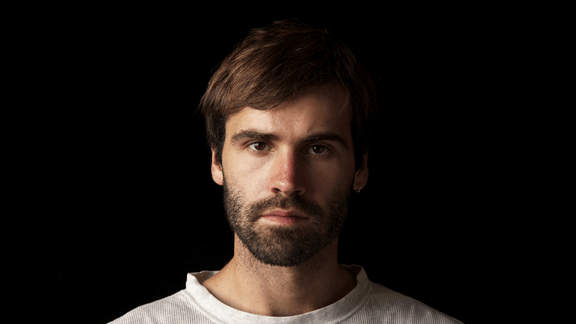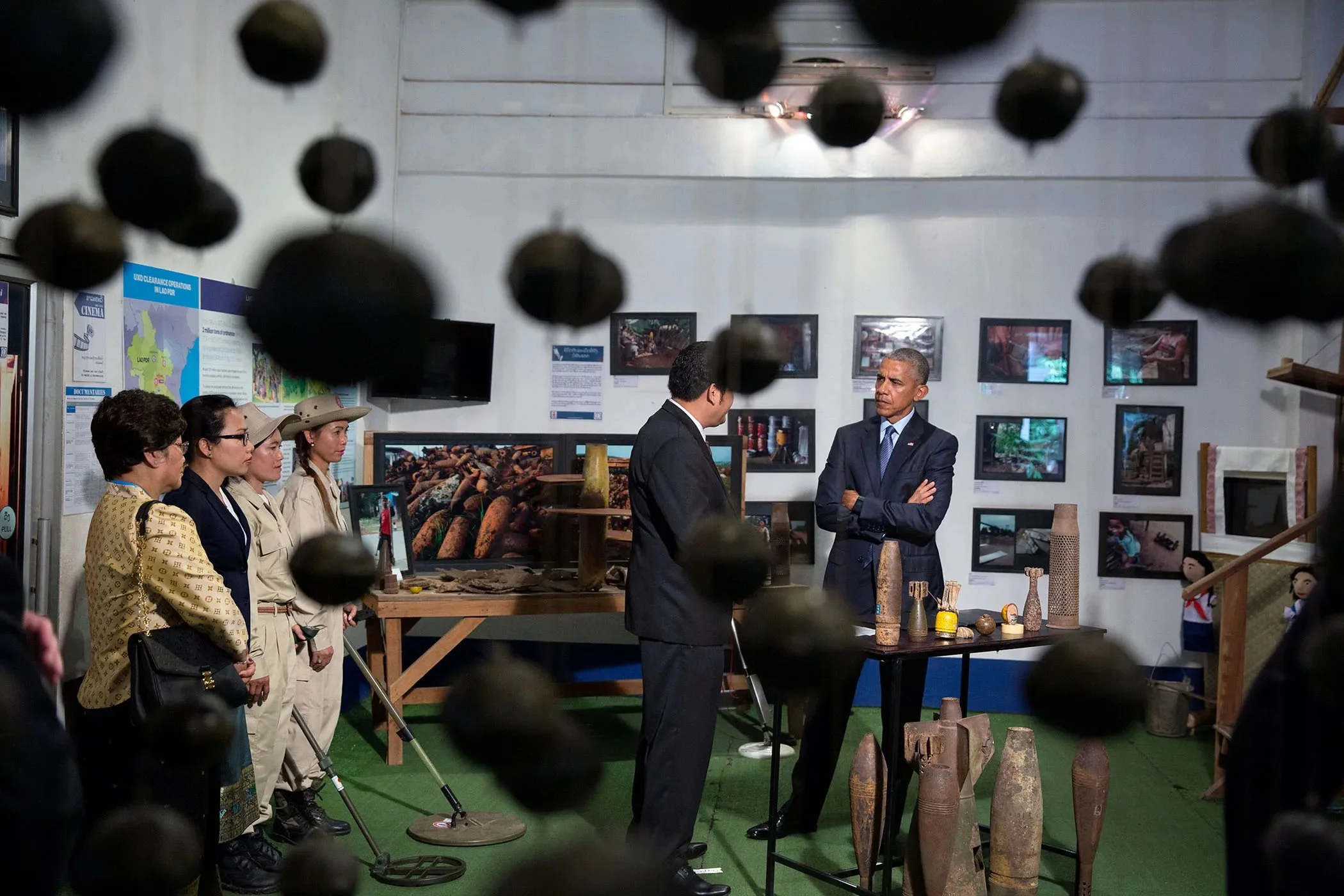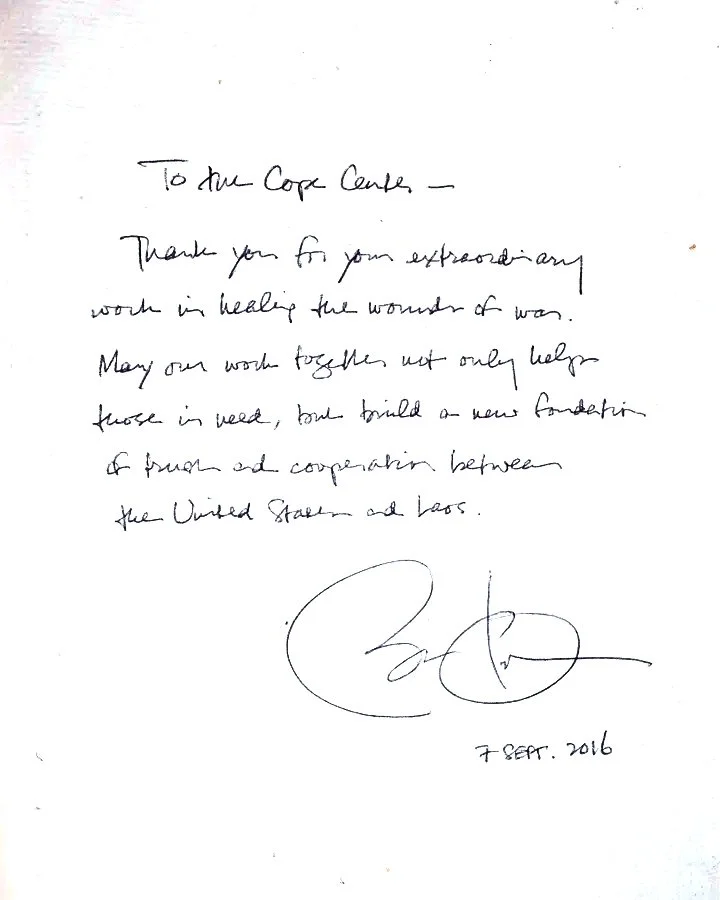Projects
Artist/educator workshops with JUSTICE impacted students
Program Directors: Alexandra Fields + Senem Kaptan
Featured Educator: Tracie Dawn Williams
Presented by: Middlesex College
Locations: Middlesex Juvenile Detention Center + Camden Juvenile Detention Center, NJ 2023
The Center for Justice-Impacted Students at Middlesex College provides access to higher educational programming centered on empowering humanities curriculum to justice-impacted youth. Their work falls under three interrelated modes of publicly engaged humanities: 1) engaged teaching, 2) engaged research, and 3) engaged public programming. Their project, Breaking Barriers: Humanities Discourse within Carceral Settings, was designed to repair the disruptions caused by the pandemic across two detention centers located in New Jersey through comprehensive humanities programming centered on an inside-out learning model, with the intention of revitalize interest in the humanities for current College students while bridging the gap between campus members, including traditional college students, faculty members, and detained and incarcerated youth. As part of the engaged teaching curriculum that included philosophy, art as activism, poetry and theater arts,
Williams conducted a photography workshop where students were introduced to 200+ photos from various personal and professional archives including Getty, NASA, the New York Public Library Pictures collection, Humble arts Foundation, Complex Magazine, Thrasher Magazine, National Geographic, Bon Appetit and the New York Times. Through a collaborative process with the instructor, students were asked to create a photo collage reflecting on the following prompt: “This is your story, your narrative. What aspects of your identity would you like to reveal to us?” Because of the carceral environment, students were not allowed to use scissors and were limited to only one marker at a time. They with provided with other materials such as washi tape, and stickers, adhesive letters. In the spirit of celebrating artistic freedom and agency, students were encouraged to make whatever inspired them. Due to restrictions imposed by facility, students only had about 20 - 25 minutes to complete collages.
Whitney Biennial: FEATURING A Gathering of the Tribes / Steve Cannon
Curators: David Breslin + Adrienne Edwards
Tribes’Executive Director: Chavisa Woods
Tribes’Archivist: Tracie Dawn Williams
Presented by: Whitney Museum of Modern Art on the occasion of the
Whitney Biennial: Quiet as It’s Kept
Location: New York, NY 2022
Official Text: “Founded in 1991 by poet, playwright, novelist, and former Medgar Evers College professor Steve Cannon (1935–2019), A Gathering of the Tribes began as a literary magazine that incorporated as a nonprofit arts organization in 1993. Tribes programs grew to include a reading venue, artist salon, online literary magazine and art gallery in Cannon’s home on East Third Street in Manhattan. The organization continues to provide a platform for diverse, traditionally underrepresented artists and writers, amplifying the emerging and established revolutionary voices of our time. Today, Tribes continues to host literary readings, and publishes a robust online literary magazine as well as a biennial art and literary print journal.
This installation is drawn from Cannon’s personal effects and the Tribes archive held in special collections at New York University, and was organized in close collaboration with Tracie Dawn Williams and Chavisa Woods, Tribes’s archivist and executive director, respectively. The floating red wall and hair sculpture—two works by David Hammons, Cannon’s friend and collaborator—were a fixture in the gallery-apartment. Cannon, who was blind, held court from a couch in front of the crimson wall, and with the assistance of a dedicated group of friends he provided a space that empowered artists and writers of color, immigrants, women, LGBTQ individuals, and people from diverse class backgrounds, who regularly came together bonded by a singular passion: love of the arts. Cannon’s gatherings fostered an open space for experimentation and rigorous intellectual debate.”
A version of Williams’s short experimental film featuring Steve Cannon, Love You Madly, was on view at the Whitney Biennial 2022: Quiet as It’s Kept as part of the Steve Cannon / A Gathering of the Tribes installation, of which Williams had the honor of collaborating closely with the curators in designing. On the occasion of the opening weekend of the Biennial, Williams also designed an expanded cinema, site-specific immservie sound performance featuring audio recordings and a live score from the film, programmed with A Gathering of the Tribes: Marathon Poetry Reading, which showcased 100 poets over 2 days.
Above: A timelapse produced by Williams as a promo for the exhibition
Below: View of Steve Cannon’s personal library and A Gathering of the Tribes archival material at the Whitney Biennial 2022, photographed by Ron Amstutz.
PRESS
2022 Thomas (T.) Jean Lax’s highlights of 2022 - Artforum
2022 10 of the coolest things to see at this year's Whitney Biennial- Time Out
2022 Review of Whitney Biennial 2022 - Artforum
2022 Review of Whitney Biennial 2022: Quiet as It’s Kept - The Brooklyn Rail
2022 A Whitney Biennial of Shadow and Light - New York Times
Fort Greene Community heroes FEaturing Henry Weldon McMillan
Organized by: Jasmin Chang + Zac Martin
Collage Portrait by: Tracie Dawn Williams
Text by: Sashana Kinghorn Bodley
Presented by: Photoville + Trellis
Location: Brooklyn, NY 2021
Community Heroes is a community based public art project where, through a nomination process, chosen members are interviewed by a youth writer and photographed by a local artist during a 1 - 2 hour storytelling session. The portrait and text are then publicly exhibited in the respective neighborhood. In circumstances where the hero has passed, such as with Henry Weldon McMillan, known as “Brother Mack to those who loved and cherished him, Williams created a collage from photos and other ephemera after meeting iwht family and friends. Lorraine Brant, Christine Caraway, Monique Cumberbatch (granddaughter), Priscilla Douglas, Pamela Ingram, Diane McMillan-Cumberbatch (daughter), Loretta McMillan-Staten (Daughter) and Darlene Page were among those on the call, and a quote of each person is included in the collage. Brother Mack’s love for flowers and creating community gardens were the inspiration for the flowers that adorned the bottom of his portrait, which were appropriated from the brand of seed packets he commonly used.
Official Text: His two daughters, his granddaughter Monique Cumberbatch and church members Deacon Darlene Page, Priscilla Douglas, Christine Caraway, Lorraine Brandt and Pamela Ingram, mentioned that Mr. McMillan served as a Deacon and sang on the Senior Choir in addition to teaching Sunday School, baking classes and working with children. He would always have meaningful conversations with children and create a safe place for them.
“Hold your head up high, look a person in the eye,” is a quote he frequently used. He also had a green thumb, a love for nature and what nature had to offer. He created the Church’s garden and would be seen planting flowers regularly around the neighborhood, “Keep your community clean and America beautiful again.” He raised people around him to perform at their highest level; Diane is a prime example, his passing encouraged her to go back to the church. He was an amazing example of a “Godly Black Man.”
1st photo:: Snapshot of artwork.
2nd photo: Snapshot of fence
3rd photo provided by Loretta, Henry’s daughter, posing in front of the outdoor exhibition. “Tracie,I would like to thank you for making the phenomenal mural of my dad.You covered the intricate details of Henry McMillan's life.”
Below: View of Community Heroes exhibition in Fort Greene, Brooklyn.
ACTIONS AND ACTIVISM:
FIGHTING FOR OUR PEOPLE
Project Manager: Vance Blackfoot
Curator + Multimedia Producer: Tracie Dawn Williams
Presented by: Native Americans in Philanthropy
Location: Newberry Library,Chicago, IL 2019
In response to the themes of indigenous resistance, existence is resistance, art as activism, and in relation to topics presented during the Summit, Tracie Williams curated and created a 56-minute multimedia projection which included an excess of 150 images combined with text and moving image, that was screened, on loop, for the duration of the 2-hour event. The format featured curated slideshows of both native and non-native artists, with archival imagery/footage interspersed throughout. The projection was created on the occasion of the 30th Anniversary (2019) of NAP for their bi-annual summit and screened at a cultural event held at Chicagos’s Newberry Library, free and open to the public for all who wanted to attend, including community members and philanthropic leaders who participated in the summit the following day. The evening also included food, music and dancers
Featuring - poet Kinsale Hueston (Diné), interdisciplinary artist Cannupa Hanska Luger (Mandan, Hidatsa, Arikawa, and Lakota), fine-art/conceptual artist Cara Romero (Chemehuevi), documentary photographer Brian Adams (Inupiaq), wet-plate portrait photographer Shane Balkowitsch, documentary photographer and Chair of the Documentary Practice and Visual Journalism Program at ICP Karen Marshall, award-winning photojournalist Ash Adams, award-winning documentary photographer Josué Rivas (Mexica/Otomi, and historical selections from the Newberry Library curated by Rose Miron, Ph.D.
Photographs by: Josué Rivas and Cara Romero.
Curator: Jamel Shabazz
Project Manager: Sam Barzilay
Creative + Multimedia producer: Tracie Dawn Williams
Presented by: United Photo Industries (Photoville)
World Premiere: Lodz Fotofestiwal (Poland June 2014
US Premiere: Photoville, Brooklyn NY September 2014
We Live in Brooklyn, Baby was an outdoor multi-media projection that featured over 30 Brooklyn photographers and showcased over 300 images of Brooklyn. On the opening night of Photoville 2014, the screening was backed by a live Brooklyn inspired soundscape of music and found sounds selected live by DJ’s Chris Devlin and Prince Klassen.
Featuring: Michael Crook, Delphine Diallo, Kevin Downs, Lisa DuBois, Nema Etebar, Nehyru Fabré, Russell Frederick, Kathryn Friedman, Julie Glassberg, Arlene Gottfried, Amnon Gutman, Akintola Hanif, Elaine Hargrove, Sara Hylton, Stephanie Keith, Roger Kisby, Monia Lippi, Douglas Ljungkvist, Marcia Lloyd, Tom Martinez, Meryl Meisler, James Petrozzello, Larry Racioppo, Peter Rad, Valery Rizzo, Antonio Rosario, Ruddy Roye, Irina Rozovsky, Jamel Shabazz (pictured above), Julienne Schaer, Stephen Shames, Ramin Talaie, Amy Touchette, Jerry Vezzuso, Alex Welsh, Anderson Zaca and Emine Ziyatdinova
1st photograph: by Jamel Shabazz
2nd photograph: of Williams’ process of curating the images for the multimedia presentation.
3rd photograph: by Arlene Gottfried
PRESS
2014 It takes a village of photographers in Brooklyn - NYT Lens Blog
2014 Photoville Opens With 'We Live in Brooklyn, Baby' - Wall Street Journal
Moderator: Marvin Heiferman
Creative Producers: Anna Ekros + Tracie Dawn Williams
Book Layout + Design: Marisa Sottos + Jessica Thalmann
Poster + Postcard Design: Jessica Thalmann
Website Design: Beau Torres
Presented by: International Center of Photography
Created specifically for Photoville: Brooklyn, NY 2014
CALL + RESPONSE + RESPONSE was a summer long collaboration with 12 fellow classmates, the 2015 ICP-Bard MFA Candidates, moderatedby Marvin Heiferman. We corresponded in an elaborate scheme of CALL + RESPONSE, with three rounds of production of which resulted in 39 artworks in total. The design of the space we created to exhibit the work reflected both our process and our interconnectivity as artists. This immersive exhibition demonstrated how photography operates as a conversational tool which initiates engagement and triggers discourse.
Above: A photo collage by Anna Ekros.
Below: A photograph of the instillation.
Featuring: Esther Nila Boesche, Stephanie Colgan, Joseph Desler Costa, Anna Ekros, Connor McNicholas, Marie Louise Omme, Kat Shannon, Marisa Sottos, Daniel Terna, Jessica Thalmann, Beau Torres, Kimberly J. Wade, Tracie Dawn Williams
Curator: Pete Brook
Creative producer: Tracie Dawn Williams
Presented by: United Photo Industries (Photoville)
Created specifically for Photoville: Brooklyn, NY 2013
When asked to pick out a single image they absolutely treasure, people generally don’t hesitate. A snap of their children, a Polaroid of their parents, a formal pose from precious life event, or perhaps even a photograph with the prescribed artistic balance of composition, contrast and exposure. Whether the choice is dictated by emotional memory or technical concerns, the question “What is your best photo?” is not an unusual one. But what about the question, “What is your worst photo?” To put it another way, what photograph of yours is obsolete, worthless, old news or just plain bad? Which single photograph of yours would you like to officially state on the record as unwanted?
There might be many of your images that you could trash, but by asking you to choose only one, we hope you’ll take the opportunity to think about the proliferation of images in society and your relationship to the everincreasing number. Photoville will officially recognize your image as Unwanted with a numbered certificate and unique catalogue code. One-by-one, as the images interrelate and build the Depository, new meanings will emerge. The arbitrary definitions brought to the project by you the public will amount to a unique view. The Depository Of Unwanted Photographs is an unpredictable interrogation of quality that crucially is made by the public, not by the dominant voices of those in the media or culture industries.
Photoville 2013 extended an open invitation to the public to submit one of their photos to The Depository of Unwanted Photographs. We accepted prints as well as the digital form—delivered via e-mail, post or in person. We had a printer on site and affixed the image to the form displayed here. We then asked each participant to fill out the form detailing why the image was unwanted by them, and no longer needed in the world. Once the deposit was received to the depository, the form was stamped with TDOUP seal and participants were then given a receipt. In addition, they were asked to delete the digital images that were deposited from their personal archives. The design of the exhibition container resembled that of a bank equipped with a typewriter, a metal desk, velvet ropes and pens attached to the counters. Over the course of the two-week festival we crowdsourced over 200 unwanted images and stories, with content varying from light-hearted to heart-breaking.
PRESS
2013 The Depository of Unwanted Photographs - Hyperallergic
2015 UNWANTED PHOTOGRAPHS RICH IN WANTED STORIES - Medium
2019 ‘The Depository Of Unwanted Photographs’ gets a second look - Medium
COMMUNITY:
The many faces of st. Anthony ‘s
Project Manager: Alexander Lyon
Photographer + Curator: Tracie Dawn Williams
Produced by: St.Anthony’s Foundation:
Event: 60th Anniversary BBQ & Block Party
Location: San Francisco, California 2011
St. Anthony’s Foundation is a San-Francisco based non-profit who service the essential needs of the unhoused including hot meals 7 days a week through their public dining room, healthcare, addiction recovery, clothing, transitional employment and other pathways to stability. On the occasion of their 60th anniversary, the foundation hosted a block party to celebrate St. Anthony’s community, which included an exhibition featuring over 240 of its members——absent of any identifiers as to whether they were a client, employee or a volunteer.
AUSTRALIAN CONTEMPORY FAMILY PROJECT
Curators: David Lloyd, Moshe Rosenzveig + Jules Tennant
Founder/Project Manager: Dawne Fahey
Featured Photographer: Tracie Dawn Williams
Produced by: Fier Institute
Location: Vientiane, Laos 2011
The aim of The Contemporary Australian Family Photographic Project was to make photographs that record the social-cultural landscape of contemporary "family" life, however that may be construed, where the results reflected the diversity among these relationships. As I was living in Laos at the time, I documented a contemporary Australian expat family—Greg, Mel + Mala.
Featuring: Aileen Hubbard, Alan Moyle, April Ward, Brad Wagner, Chiara Terraneo, Christine Rose Divito, Cim Sears, Dawne Fahey, Hazel Buckley, Janette Anderson, Jim Filmer, Joel Rainford, Kevin Cooper, Lari Gadza, Laura Palmer, Lesley Downie, Lynn Gail, Matthew Goddard-Jones, Maurizio Salvati, Melissa Anderson, Michelle Dupont, Peter Eve, Philippe Schneider, Robyn Hills, Sally Mayman, Sandra Edwards, Steve Marshall, Tracie Williams, Vanessa Wiggins
EXHIBITIONS
2012 FotoFreo Festival, Breadbox Gallery, Northbridge, WA Australia
2012 Momento Showrooms, Chippendale, NSW Australia
2013 Brisbane Powerhouse, Brisbane,QLD Australia
2013 Australian Latin Foundation, Teatro Mayor, Bogota, Columbia
AWARDS
2012 Canon APPA (Australian Professional Photography Awards) Photography Book of the Year
2012 HP Asia/Pacific Japan Digital Consumer Book of the Year w/ Momento Pro
FFE (Free From explosives)
Project Manager: Alex Hiniker
Photographer: Tracie Dawn Williams
Presented by: Cluster Munition Coalition + Ambassade de France au Laos in collaboration with the Lao PDR (Laos)Government in relation to the International treaty to ban cluster munitions
Location: Vientiane, Laos 2010
Official Text: From 9 – 12 November 2010, Lao PDR had the honor of hosting the First Meeting of States Parties to the Convention on Cluster Munitions. This was a defining moment in the life of the Convention, which bans the use of the weapon and requires countries that ratify it to clear affected areas, destroy stockpiles, and assist survivors.
The title “FFE” is the technical acronym used to identify munitions from which explosives have been removed and thus deemed safe. This concept has been expanded to apply to all aspects of daily life, where the presence of these deadly remnants of war will no longer be the norm.
Photographer Tracie Williams travelled throughout Laos, the country most heavily contaminated by cluster munitions, to create images of individuals and communities who can benefit from the Convention. The intent of this outdoor exhibition was to emphasize the positive impact the Convention will have on the future of Lao PDR. With strong implementation, a new atmosphere will be created that will ultimately enable people to enjoy a life free from the barriers posed by these horrific weapons.
COPE VISITOR CENTER
Project Manager: Jo Periera
Producer, Designer + Photographer: Tracie Dawn Williams
Curators: Didi, Maz Carruthers, Jo Perera + Tracie Dawn Williams
Production: COPE Workshop Staff
Location: Vientiane, Laos February 2008
Visitors / year: 20,000
The COPE Visitor Centre is a permanent, multi-disciplinary, interactive exhibition highlighting the work of COPE (Cooperative, Orthotic and Prosthetic Enterprise), a local project based in the capital of Laos that supports the government run service in providing prosthetics, orthotics, mobility devices and rehabilitation services free of charge to those who cannot afford to pay—designed with the intention of dismantling stigmas associated with physical disabilities.
The visitor centre was also designed to educate both local and international visitors of the impact of the 9-year bombing campaign the US carried out on this small country over 4 decades ago and the challenges people with disabilities face—especially in a country struggling to develop in a post-conflict landscape. The legacy of the "Secret War" still continues to kill and maim each year, where approximately 40% of COPE’s prosthetic patients are bomb related.
In October 2016, President Barak Obama became the first sitting president to visit Laos. The White House held one of their press conferences at the COPE Visitor Centre where President Obama pledged $90 million over a three year period for clearance of unexploded bombs and victim assistance. The last installment was allocated in March 2018..
Featured Artists: Among COPE’s permanent exhibition are drawings by Lao villagers (c. 1971) who survived the U.S. bombing (courtesy of Legacies of War and Fred Branfman) sculptures by Anousone Vong Aphay, illustrations by Colin Cotterill, photographs by Jo Periera, images and interviews by Jim Harris, the critically acclaimed documentary film Bomb Harvest by Kim Mordaunt + Sylvia Wilczynsk, and 60+ photographs from my project Every.Eight.Minutes.
Above: Photograph by Pete Souza, Chief White House Photographer of President Obama standing in front of a collection of Williams’ photographs in the COPE Visitor Centre and view of Centre from the outside.
Below: A scan of President Obama’s entry in the COPE Visitor Centre guest book
PRESS
2016 Obama Pledges To Help 'Heal' Laos, Decades After U.S. Bombings - NPR
2016 Remarks by President Obama at the COPE Centre - The White House
2016 Behind the Lens: From Lake Tahoe to Laos - Medium
2016 Obama hits the tourist trail on the banks of the Mekong: President visits Buddhist temple and sips from a coconut during historic visit to Laos - DailyMail UK






